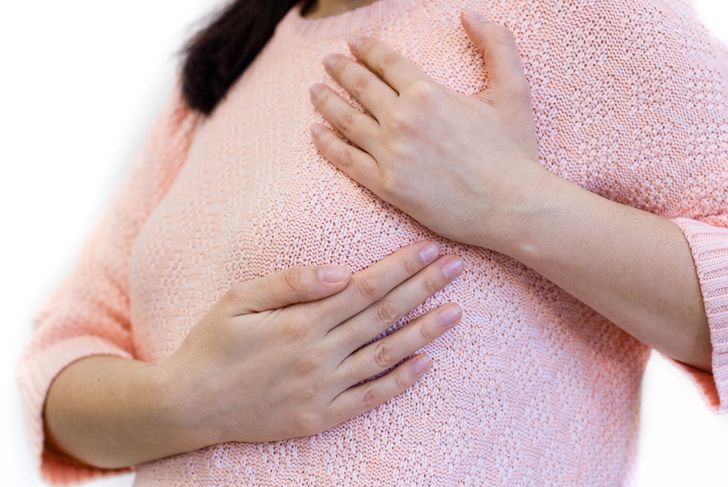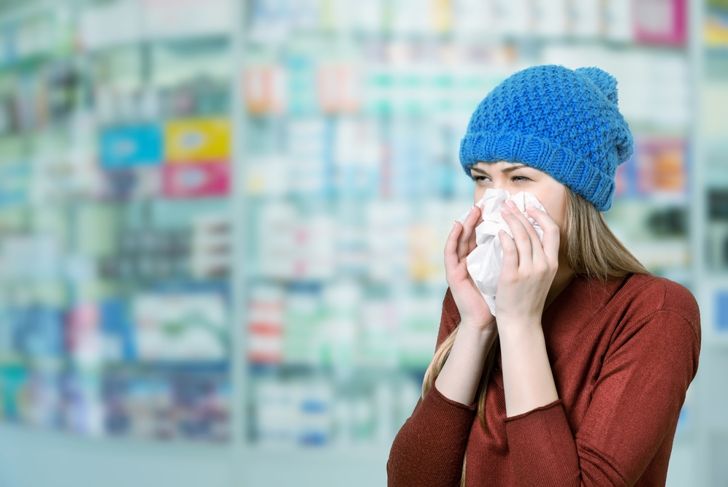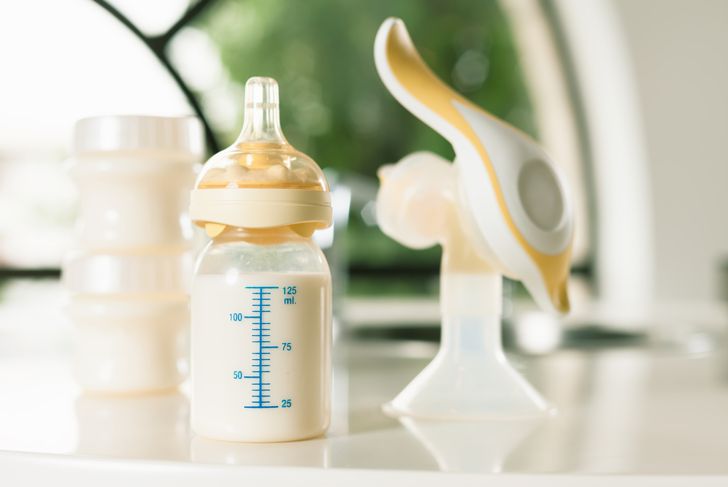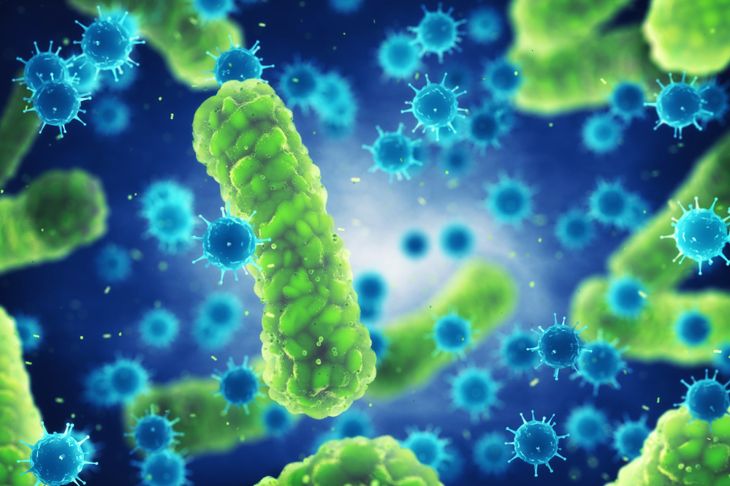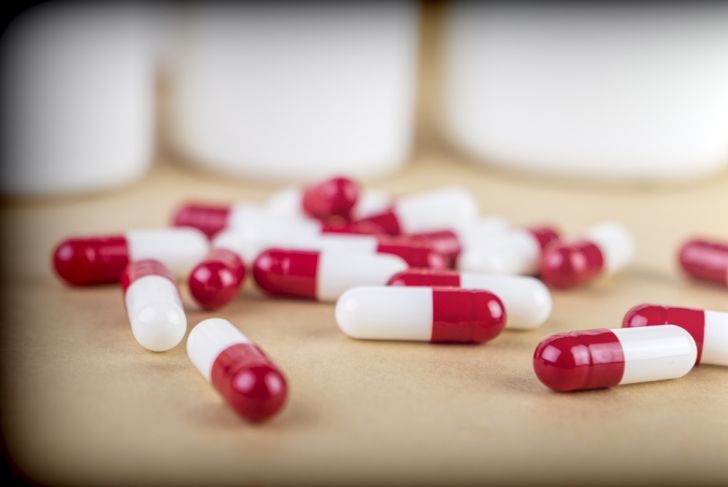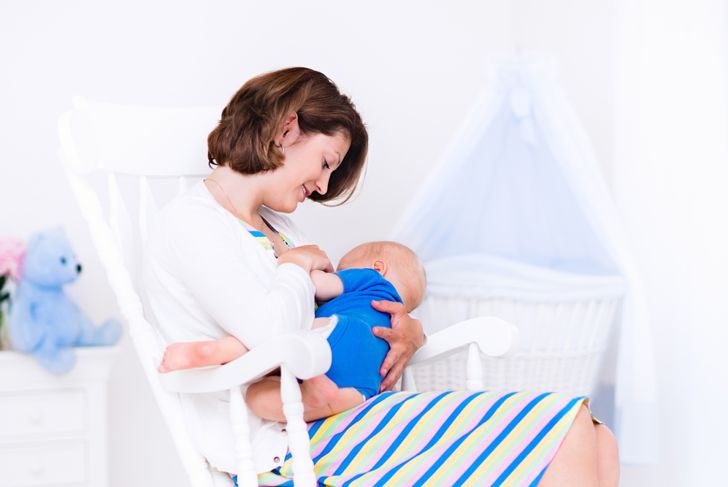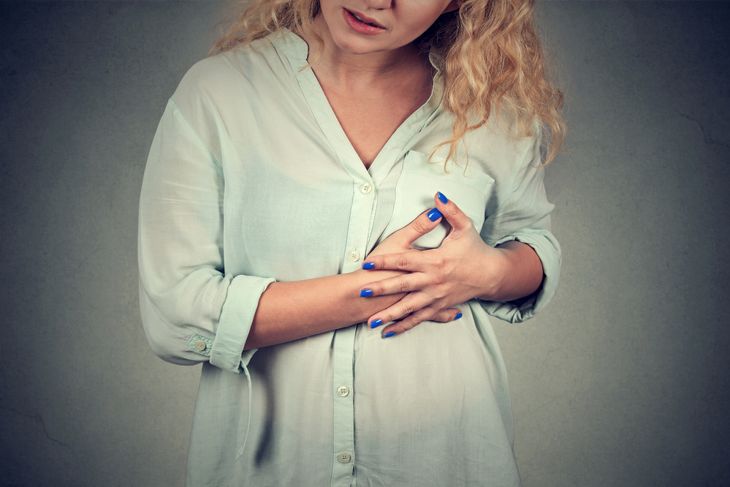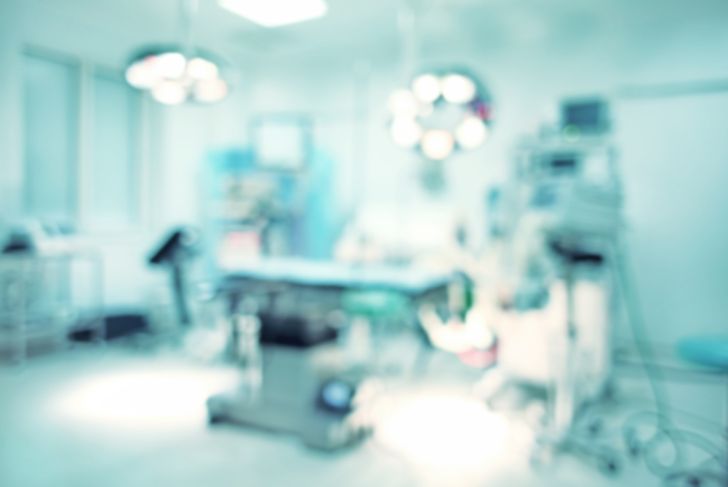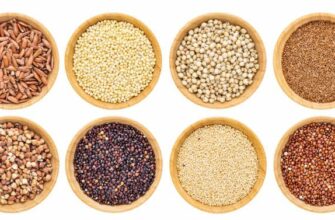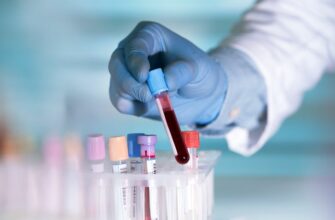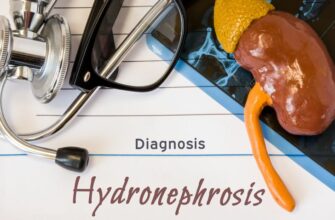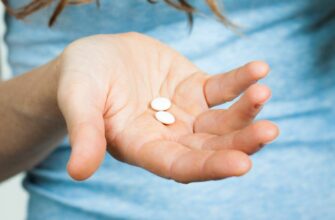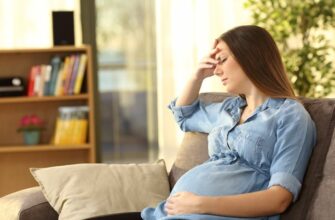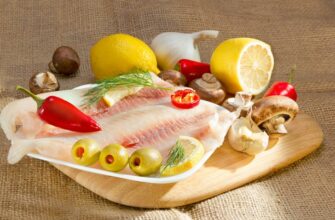Mastitis is medical term describes a painful breast inflammation. Although people associate it with nursing women, it can also affect women who do not nurse their babies. Mastitis occurs in nursing women due to an accumulation of milk in the breasts. This blockage might occur if the mother holds the baby in a way that prevents the baby nursing properly, or perhaps the baby has a problem nursing. Sometimes this happens because the mother does not nurse as often as she should. Mastitis in women who do not breastfeed usually happens because of a crack or soreness in the nipple. Normally this complaint is easy to treat, but occasionally a bacterial infection develops.
Pain in the breast
Some women with mastitis experience a burning pain in their breast. As a rule, only one breast is affected. Sometimes the woman feels this pain when she is nursing her baby, but she might also get the pain at other times. It is easy to confuse the symptoms of mastitis with those of a blocked milk duct, but women who have been through both conditions say that mastitis gives them more pain. If the pain happens to be particularly intense, or the woman has suffered from a previous bout of mastitis, it is important to consult a doctor.
Often leads to a fever
Without a good understanding of how the human body operates, the connection between mastitis and high fevers is puzzling, but doctors recognize this as one of the common symptoms of the condition. It is common to find that a woman with mastitis develops a temperature of (). Sometimes their temperatures can go much higher. Obviously, mastitis is just one of the multiple possible causes of fever, but this could be a reasonable diagnosis if the woman with the high temperature is a few weeks after giving birth.
Similar symptoms of flu
In addition to fever, women who develop mastitis often complain about aches similar to those associated with flu. If they have a pain in the breast or other symptoms that are evidently connected to mastitis, it seems probable that the flu-like symptoms come from the same course. Of course, it is also possible they have developed flu independently. If this situation continues for more than a few days, the woman ought to consult a doctor for a checkup. Perhaps she requires some medication.
Changes visible in mother’s milk
Changes in the color and texture of mother’s milk provide additional evidence of mastitis. Mothers might be disturbed to notice pus or even blood in the milk they express. They could also find that the milk looks unusually lumpy. This poses no health problem for the baby but still some mothers will want to strain it. Another possibility is that the baby declines to feed because he or she detects it has a more salty taste than previously. This should only be a short-term change.
Risk of infection
The risks of infection increase if the mastitis comes from damage to the nipple. Cracking or bleeding on this part of the body opens the door to bacteria. If this happens during a hospital stay, these risks are much greater. Although hospitals try to maintain sterile environments, the medical facts on the ground show that many patients catch infections they did not have when they were first admitted. The risk of infection is even higher for anyone with mastitis in her medical history.
A course of antibiotics
Although doctors have become more reluctant to prescribe antibiotics out of concerns over antibiotic-resistant bugs, they might be essential if a bacterial infection takes hold. In most instances, a short course of antibiotics cures this bacterial infection. Now and again, the antibiotics prove ineffective, and the doctor needs to prescribe a different antibiotic treatment. If a woman is not nursing, and the medications fail to cure the problem, the doctor usually sends the woman to a hospital for a breast scan. It is important to make sure that she is not suffering from a more serious condition.
Nursing helps the mother heal
If a woman might imagine she should stop breastfeeding right away if she develops mastitis, but in fact the opposite holds true. Doctors know that nursing helps to further her healing. Even if she has an infection in this area, she does not need to worry that nursing might cause some harm to her baby. It is a good idea to nurse more often than usual and make sure to express milk left over after nursing, or milk that builds up in between feeding sessions.
Take actions to prevent the condition reoccurring
Since repeat incidents of mastitis can have more serious health implications, women should take steps to avoid this happening. Some of these measures aim to stop the accumulation of milk in the body. For example, make sure that the baby’s position enables him or her to nurse properly, and reduce the time between feeds. Even a change of clothing helps reduce the likelihood of mastitis returning. In particular, avoid wearing tight-fitting bras or other clothing that put excessive pressure on the breasts.
Get as much rest as possible
All nursing mothers need to get plenty of rest, but this becomes much more important if they have mastitis. Ideally, they should stay in bed longer than usual nursing their babies. They also must be very careful to avoid becoming dehydrated and to eat foods that provide the nutrients that a healthy mother and baby require. If possible, get help from family or paid assistance with household tasks. A woman builds up her immunity in this way, and she can effectively treat mastitis without any need for medications.
Could surgery be necessary?
This could happen if pus accumulates to form what the doctors call a “breast abscess.” If the condition becomes so aggravated, the surgeon needs to drain out the pus to avoid serious infection. This scenario is very rare. Mastitis symptoms often improve within twenty-four hours without the woman taking any medications.

 Home
Home Health
Health Diet & Nutrition
Diet & Nutrition Living Well
Living Well More
More